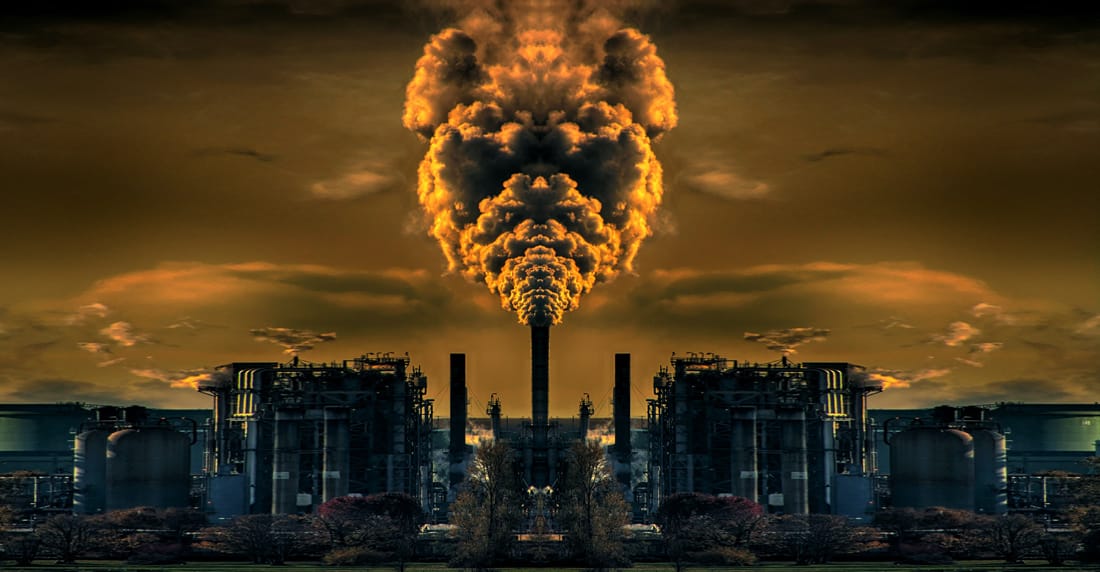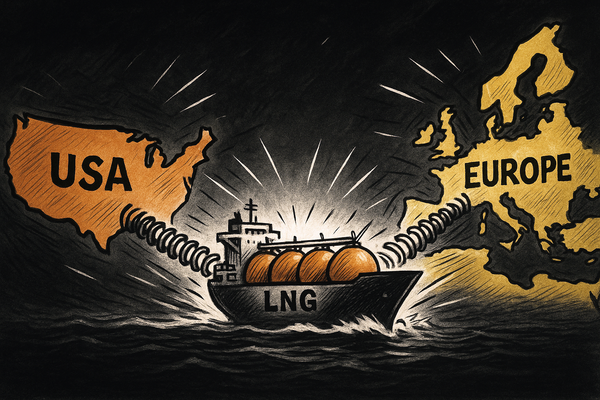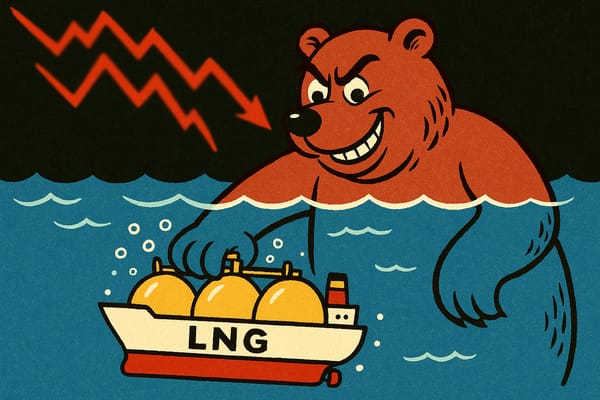Demand destruction stalks Europe
What does the energy crunch teach us about the energy transition?


Member discussion: Demand destruction stalks Europe
Read what members are saying. Subscribe to join the conversation.
What does the energy crunch teach us about the energy transition?


Read what members are saying. Subscribe to join the conversation.

Spread compression intensifies, but TTF is primed to snap back | Chart Deck — 12 Dec 2025

Negative US LNG profits & record-low Henry Hub-TTF correlation signal extreme market dislocation — and looming rebalancing

EU gas bear market spells trouble for LNG exporters | Chart Deck — 4 Dec 2025

Speculative capital prices in return of Russian gas to Europe, as global LNG glut deepens | Chart Deck — 27 Nov 2025